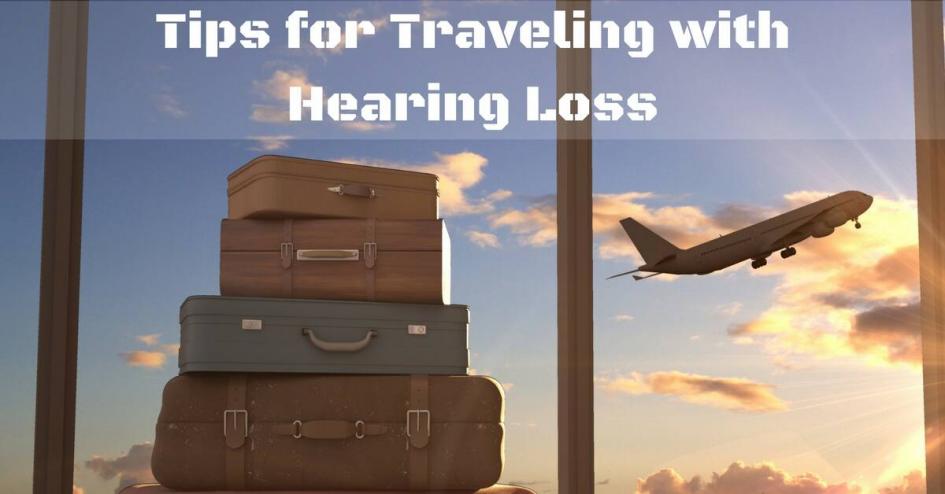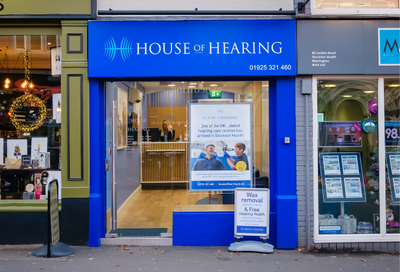
Tips for Travelling with Hearing Aids
Tips for Travelling with a Hearing Aid
Summer’s here and it’s the perfect time for travel. Whether it’s a family holiday, business trip or quick weekend getaway, travelling can also be stressful. As a hearing aid user, you will need to remember a few extra things before you hit the road.
Bring everything you need
Never rely on your destination to have replacements for your hearing aid, batteries or accessories. It’s better to be safe than sorry, so pack everything you might need on your trip.
- Spare hearing aid (if you have one)
- Extra tubing, soft domes and filters
- Cleaning kit and storage case
- Spare batteries Bring enough to get you to your destination. You don’t want them running out halfway through a longhaul flight.
- Charging unit for rechargeable batteries. Check what electrical plug is used at your destination, and bring a power adaptor if needed.
- De-humidifier (drybox). This will be useful in drying your hearing aids out if you’re heading to a humid climate or spending time out in the elements.
These might also be useful:
- Smartphone and Bluetooth clip Most modern hearing aids are compatible with Bluetooth and smart devices. It’s more convenient to use your own phone when travelling, and temporary SIM cards can be bought at most airports and train stations. Smartphones also double up as (vibrating and flashing) alarm clocks, maps and entertainment systems.
- FM listening system If you’re taking part in a city tour or attending talks, ask the speaker to wear the transmitter microphone so sound waves can be broadcast directly to your receiver.
- Sports clip If you’ll be taking part in outdoor activities, a sports clip can keep your hearing aid secure.
Check your Insurance
Check your travel insurance and hearing aid insurance policies, to make sure your hearing aids are covered in case of loss, damage or theft.
Customs and Security
When passing through airport security, tell a security officer that you are wearing hearing aids before the screening begins. It’s good idea to carry medical documentation explaining your hearing loss. If you are travelling to the US, you can download and fill in a TSA notification card to communicate your situation clearly to security officials.
Hearing aids are not affected by airport x-rays and scanners, and you won’t need to remove them during security screening. If your hearing aids trigger the metal detector, you may be subject to an extra pat-down. Hearing aids stored in carry-on luggage may also be subject to special screening.
Travelling
On planes, boats and trains, inform the attendants of your hearing loss when you check-in and board, so they can keep you informed of important announcements and messages.
If you’ll need assistance boarding or during your flight, let the airline know at least 48 hours before you fly. Reserve your plane seat in advance. An aisle seat will allow you to communicate with the flight attendants more easily.
Your hearing aids don’t count as an ‘electronic device’, so don’t worry about having to turn them off for take-off or landing. They can be safely worn for the entire flight.
If you’re travelling by car, remember not to leave your hearing aids in the dashboard. Cars heat up very quickly, and high temperatures can damage your hearing aids.
Hotels
Inform hotel staff of your hearing loss, so that they can inform you if there is an emergency. Some hotel chains provide visual alert systems for guests – contact the hotel in advance to find out if it’s available.
Enjoy!
As long as you remember the basics, travelling with hearing aids should be simple. Plan ahead, then sit back and relax!
Do you have questions about travelling with your hearing aids?
Contact us Today
House of Hearing
0131-220-1220
Our Clinics
All House of Hearing clinics are in town centre locations and accessible to public transport and parking. Home visits also available if mobility is an issue.


.png)
.png)
.png)

.png)
